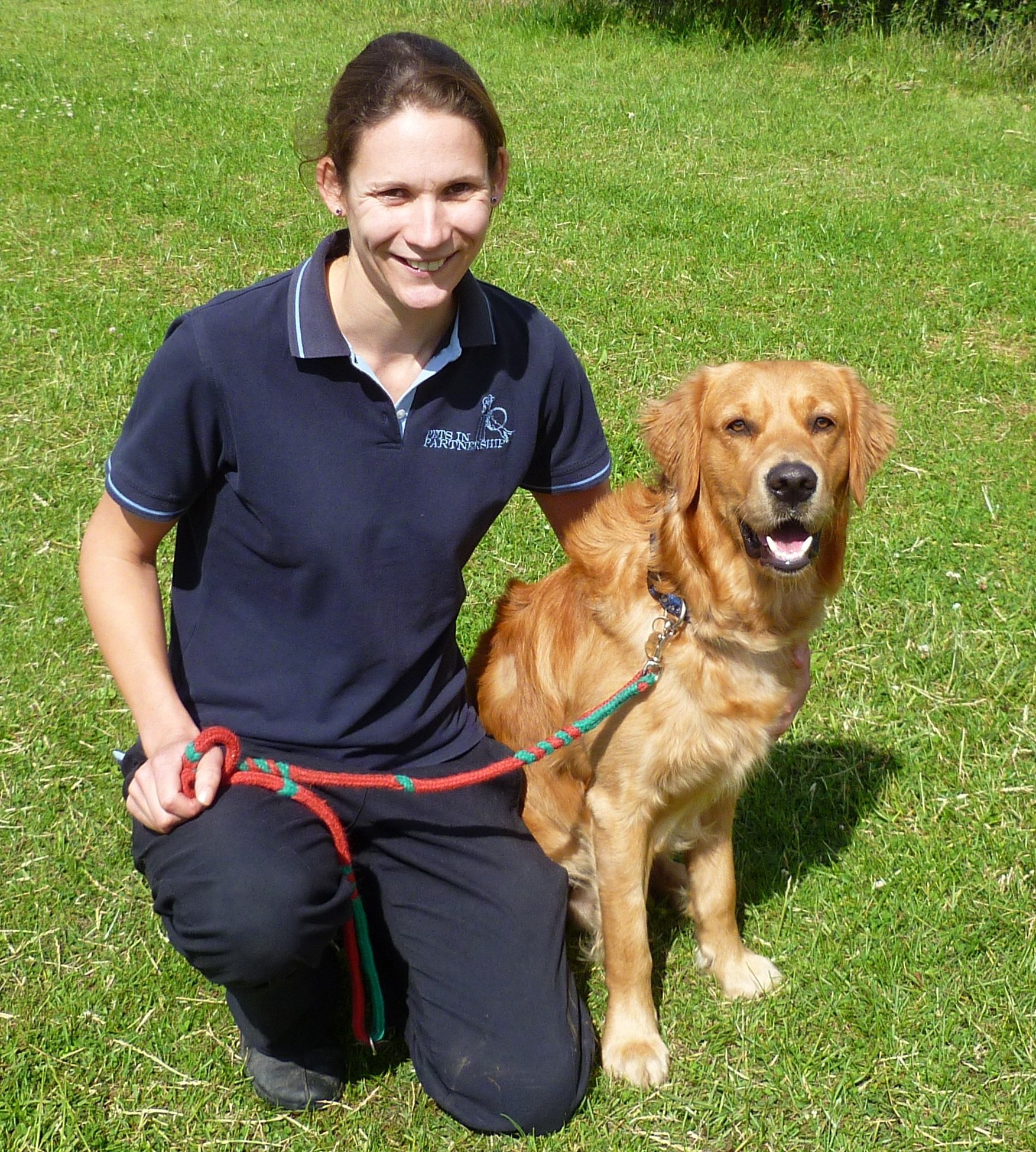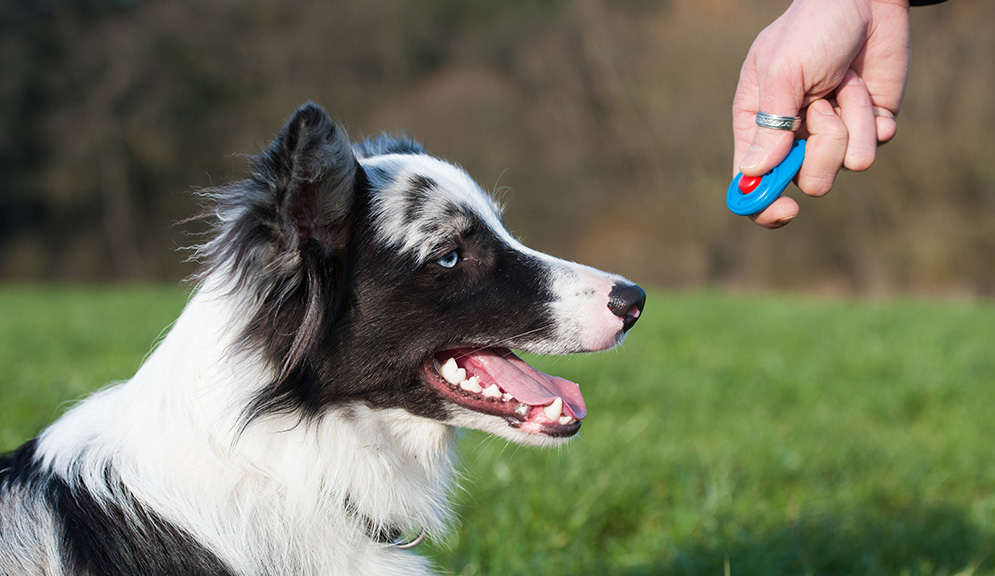Expert Dog Training Advice to Strengthen Your Bond
The Ultimate Overview to Dog Training: Transform Your Pet's Habits
Efficient pet dog training is crucial for promoting an unified relationship in between pets and their proprietors. The ins and outs of canine behavior and the application of structured training strategies play a crucial duty in this process. By comprehending the principles of positive support, consistency, and socialization, pet owners can browse common challenges that occur during training. This guide not just aims to outfit you with the required devices to transform your pet's actions however likewise invites you to discover just how these foundational principles can lead to a much deeper link with your pet. What may be the primary step in this transformative trip?
Understanding Dog Actions
Understanding pet actions is important for efficient training and an unified partnership in between dogs and their proprietors. A canine's behavior is affected by a mix of genes, setting, and experiences. Dog training. Acknowledging these aspects allows proprietors to customize their training approaches to satisfy the specific requirements of their pets
Pets interact largely through body language, articulations, and faces. A wagging tail can indicate excitement or happiness, while a put tail might signal fear or submission. Observing these signs makes it possible for proprietors to respond properly, reinforcing positive habits and addressing adverse ones effectively.
Additionally, comprehending the social structure of dogs can provide understandings right into their actions. Pet dogs are pack pets, and they flourish in an organized setting. Developing consistent policies and clear boundaries can stop confusion and promote a complacency.
Furthermore, acknowledging the all-natural instincts of canines, such as the desire to go after or dig, is essential. These impulses can be rerouted via ideal electrical outlets, such as play or exercise. By comprehensively comprehending these behavioral elements, proprietors can foster a positive training experience, inevitably resulting in a well-adjusted and loyal canine buddy.
Crucial Training Methods
Efficient canine training relies on a selection of necessary strategies that can substantially improve the learning procedure for both the owner and the pet. One basic technique is positive support, which entails satisfying preferable actions with treats, praise, or playtime. This method encourages pets to duplicate the habits that lead to favorable end results, cultivating a relying on partnership in between the family pet and owner.
One more trick technique is uniformity in expectations and commands. Using the same verbal signs and hand signals assists the pet understand what is required, reducing confusion and advertising quicker knowing. Additionally, developing clear borders and guidelines is vital for efficient communication.
Socialization is additionally an important component of training. Exposing dogs to different environments, people, and other animals aids them create proper social skills and minimizes anxiousness in strange scenarios.
Finally, persistence and timing are important. Training sessions ought to be regular however brief, ensuring that the pet stays engaged and responsive. By employing these essential strategies, owners can develop a organized and positive training experience that promotes great habits and strengthens the bond with their canine friends.
Producing a Training Arrange
How can a well-structured training routine improve a canine's learning experience? A training timetable offers uniformity, making sure that pet dogs get routine, concentrated direction. This predictability helps pets understand what is expected of them, enhancing their learning and enabling for better retention of commands and behaviors.
When creating a training schedule, it is necessary to consider the pet dog's age, breed, and individual character. Young puppies may profit from much shorter, much more constant sessions, while grown-up canines may grow with longer, much less regular training periods. Including a variety of activities can likewise keep the sessions involving, preventing boredom and promoting excitement for discovering.
Additionally, organizing training sessions at particular times of the day can assist solidify a routine. As an example, matching training with daily strolls or playtime can create a favorable organization with knowing. It is also essential to consist of time for reinforcement, such as deals with or appreciation, to compensate preferred behaviors quickly.
Finally, versatility is key. While uniformity is crucial, being versatile to the pet dog's mood or power degree can improve their learning experience. A well-crafted training routine ultimately lays the foundation for efficient communication and a stronger bond in between the canine and proprietor.
Usual Training Difficulties
Regardless of having a well-structured training routine, dog owners typically run into numerous challenges throughout the training process. One common concern is disparity in cues and commands. When several relative utilize various terms or tones, a pet may end up being baffled, preventing its capacity to find out effectively.
An additional regular difficulty is interruption. Dog training. Canines are normally curious creatures, and outside stimuli such as other animals, noises, or individuals can divert their interest throughout training sessions. This needs owners to create a regulated environment or progressively introduce disturbances to reinforce focus
Furthermore, varying energy levels can impact training outcomes. High-energy canines might battle to calm go to this website down and focus, while extra easygoing types may need added inspiration to involve. Customizing the training strategy Read More Here to fit the individual pet's temperament is crucial for success.

Building a Solid Bond
A strong bond in between a pet and its proprietor is essential for successful training and general wellness. Dog training. This connection fosters trust fund, which is vital for efficient communication throughout the training process. When a pet dog really feels secure and linked to its owner, it is most likely to respond positively to commands and hints
To build this bond, consistency is key. Establishing a routine that consists of routine feeding, workout, and training sessions helps create a feeling of security. In addition, positive support strategies, such as deals with, praise, and play, strengthen preferred habits while reinforcing the emotional link.
Socializing is an additional crucial element of bond-building. Exposing your canine to different settings, people, and various other pets assists them feel extra comfy and positive, enhancing the bond with their proprietor. Participating in tasks with each other, such as walking, playing fetch, or joining obedience training, advertises team effort and shared satisfaction.
Final Thought

Understanding canine behavior is vital for efficient training and a harmonious connection between pet dogs and their owners.Effective dog training counts on a selection of necessary methods official statement that can significantly enhance the learning procedure for both the pet dog and the proprietor.In spite of having a well-structured training routine, canine proprietors commonly encounter numerous challenges throughout the training process.In final thought, effective pet dog training depends on a comprehensive understanding of canine habits, the application of important strategies, and the facility of a structured training timetable. By emphasizing favorable support and consistency, pet proprietors can dramatically improve their pet dogs' behavior, eventually making certain a harmonious partnership and promoting the wellness of both the dog and its atmosphere.